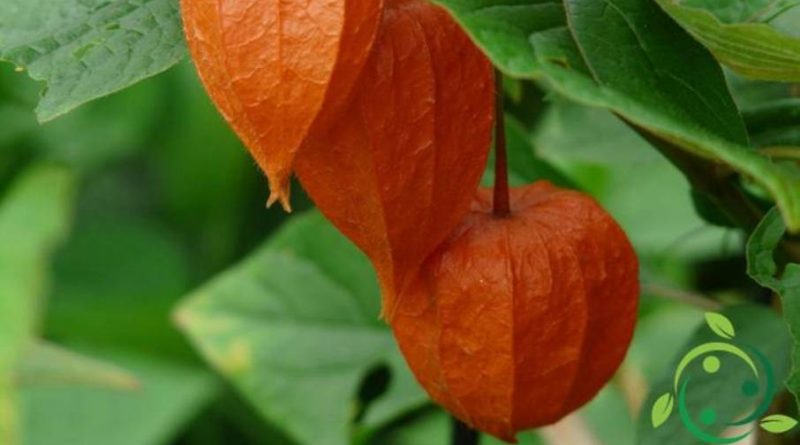How to cultivate the Alchechengi in a biological way
How to cultivate the Alchechengi in a biological way
The cultivation of Alkekengi or alchechengi or alchechengio (Physalis alkekengi L.) is possible in the Italian territory almost everywhere. This solanacea also known as Chinese Lanterns (the alkekengi fruits are wrapped in small shells of leaves, which form “paper” balloons, similar to small Chinese lanterns.), Winter cherry, Chinese Lantern Plant, Fairies Lanterns, survives in winter period and can live up to 5-8 years. Please note that only berries are edible on this plant (only when they have ripened) while all green parts are not edible; can cause various gastrointestinal disorders, dizziness and nausea, the berries are edible only when they have matured.
The berries can be eaten as they are or caramelized, in jams and after drying they can be preserved in brine or pickle. This plant is appreciated in antiquity (has diuretic and preventative effects against kidney stones, is also considered a good vitamin C supplement and has anti-rheumatic, anti-inflammatory, anti-uric, purifying) can be grown in pot and in this case repotted every two years and fertilized annually.
The operation of the Alchechengi can be done by seed or division. As for sowing, this must be done in a protected environment at the end of winter or in spring directly in open field. The seeds are placed in small jars or in seedbeds containing light soil and vermiculite. Always keep the soil damp, making sure that the temperature does not fall below 15 °. When the seedlings have put three or four leaves and have a height of more than 12-13 cm they can be transplanted into a larger pot or directly into the ground, with plant spacings of 60 cm. The division by tufts, which takes place in spring, is performed when the plant is sufficiently large; in this case it can be zollata and divided into two parts. This operation must be done in the spring.
The soils to be preferred are those of medium mixture, pH neutral, not too organic but well drained. However, even if in nature the plant can grow in marginal lands, an average organically-supplied endowment increases the production. The preferred exposure is in a partial shade.
As for irrigation, these must be regular, more frequent if the plant is in full sun (which should be avoided) to allow the soil not to dry out too much, without ever wetting the leaves. This plant does not need special pruning except to clean up the old parts at the end of the season.
In colder climates it tends to dry out completely; in this case in addition to marking the place with a small cane, it will be cut a few centimeters from the ground, taking care to mulch in order to protect the rhizomes that will reject in the spring. The flowering of the Alchechengi takes place in the summer. The ripening fruits are golden yellow.
Among the parasites of this plant we mention the Altica, the aphids and the red spider. Preventive and in the infestation phase with nettle macerate prove to be effective. Furthermore, we remind you that this plant may be subject to attacks by larks that feed on the foliage.

